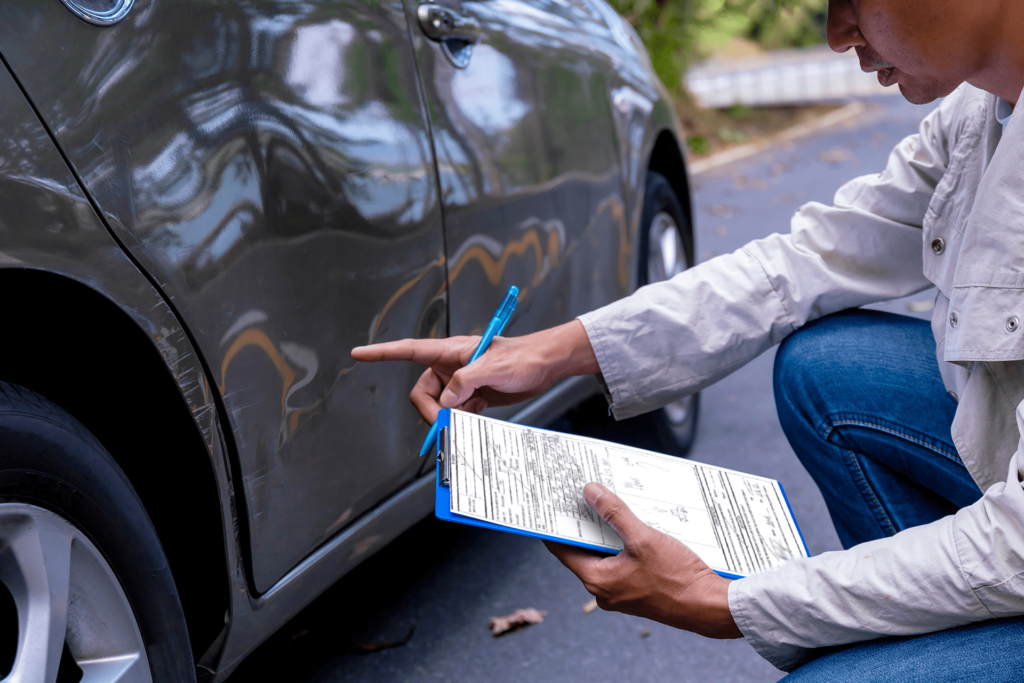“In a world where technology accelerates faster than our vehicles, car safety innovations are creating roads less treacherous by the day.” As vehicles become increasingly sophisticated, the integration of advanced safety features is not just an enhancement but a revolution in how we protect passengers and pedestrians alike. This blog explores the latest advancements in car safety and how they are reshaping the driving experience.
Historical Perspective on Safety Innovations: Automobile safety has come a long way since the introduction of the seat belt. In the mid-20th century, this simple device began a movement towards prioritizing passenger safety that has continued to evolve. We saw the incorporation of airbags, anti-lock braking systems (ABS), and traction control, which laid the groundwork for the sophisticated systems we see today.
Latest Advances in Car Safety:
- Advanced Driver-Assistance Systems (ADAS): These systems use sensors and cameras to provide features such as adaptive cruise control, lane-keeping assist, and automatic emergency braking. They not only enhance safety but also pave the way for autonomous driving technologies.
- Autonomous Vehicles (AVs): While fully autonomous cars are still on the horizon, semi-autonomous technologies are already making vehicles safer. These systems can reduce human error, which is a major factor in most accidents.
- Connected Cars: Connectivity in cars allows for better real-time communication with the driving environment and other vehicles (V2V technology), enhancing situational awareness and improving safety outcomes.
- Artificial Intelligence (AI) in Safety: AI is increasingly being used to predict and prevent potential accidents by analyzing driving patterns and external data points.
The Impact of Safety Innovations on Driving and Insurance: With these technological advancements, the role of the driver is shifting from operator to supervisor. This transition not only changes driving habits but also has significant implications for car insurance. As cars become safer and the likelihood of accidents decreases, we may see shifts in insurance pricing and policy structures.
Looking Ahead: The Future of Auto Safety: The future of car safety lies in the integration and refinement of these technologies. The next steps involve improving the reliability of AI decisions in unpredictable scenarios and enhancing the interoperability of connected systems. Additionally, as electric vehicles (EVs) become more prevalent, safety features specific to EVs, such as battery protection in accidents, are being developed.
Conclusion: Car safety is no longer just about responding to accidents but about preventing them altogether. As we look forward to a future with fewer road fatalities, the importance of staying informed about and adapting to new safety technologies cannot be overstated. For drivers, embracing these changes means participating in a culture of safety that extends beyond individual vehicles to the entire road network.





